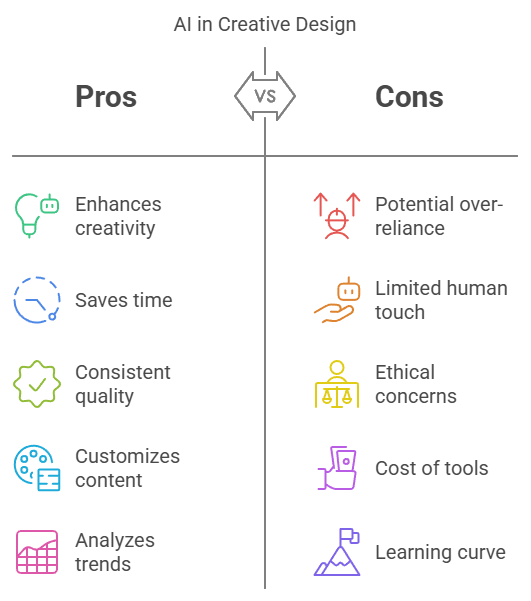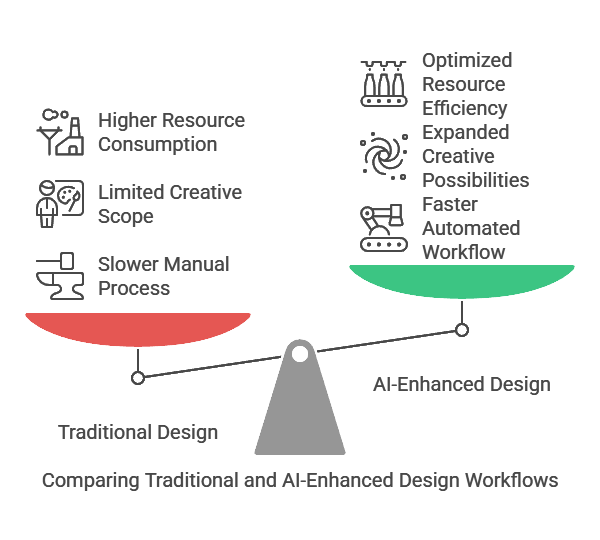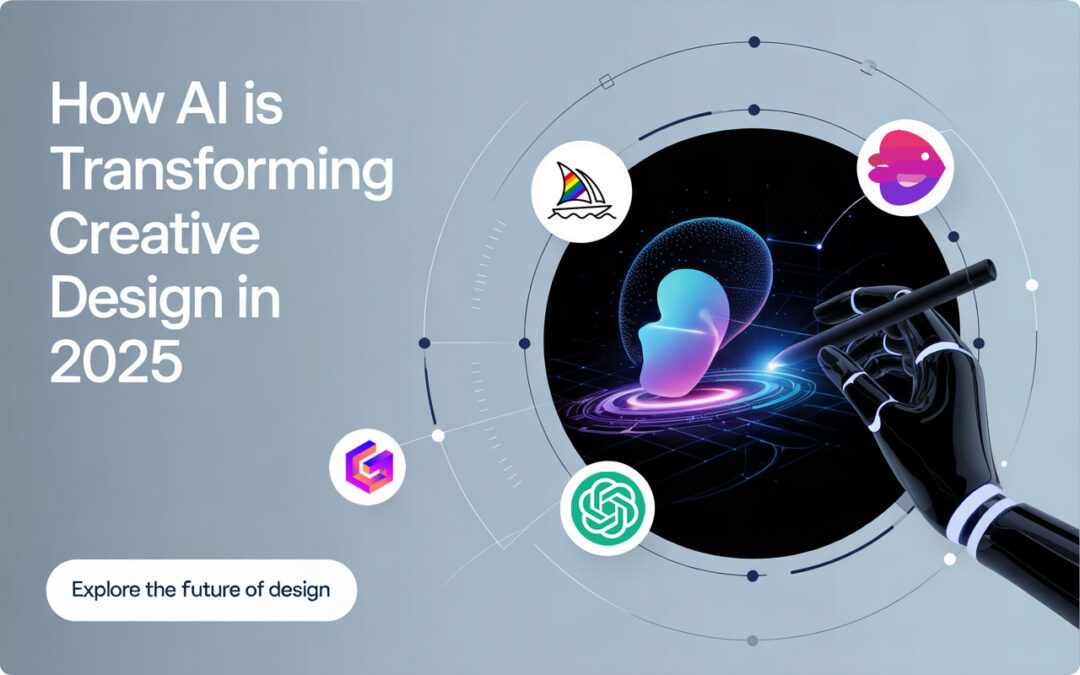The creative design industry is experiencing a major evolution, thanks to the powerful integration of Artificial Intelligence (AI). In 2025, AI is no longer just a tool to automate mundane tasks; it’s become a key collaborator in the creative process. Designers are now leveraging AI to conceptualize, create, and customize content like never before.
AI tools like Adobe Firefly and Canva’s Magic Design suite are transforming how we think about design. From generating mood boards to suggesting color palettes and even writing copy, AI is helping designers save time and push creative boundaries. What’s more, AI-driven platforms can now understand brand voice, analyze market trends, and even generate ad creatives tailored to audience preferences.
This transformation is not about replacing human creativity but enhancing it. Designers now focus more on strategic, high-level decisions while AI handles the technical execution. The result? Faster turnaround times, better consistency, and an explosion of innovative design possibilities.
Yet there are a few pros and cons associated with Artificial Intelligence (AI).

Here is a comparison between Traditional Design and AI-Enhanced Design
 Comparing Traditional and AI-Enhanced Design Workflows
Comparing Traditional and AI-Enhanced Design Workflows
Ref: https://www.adobe.com/sensei.html

